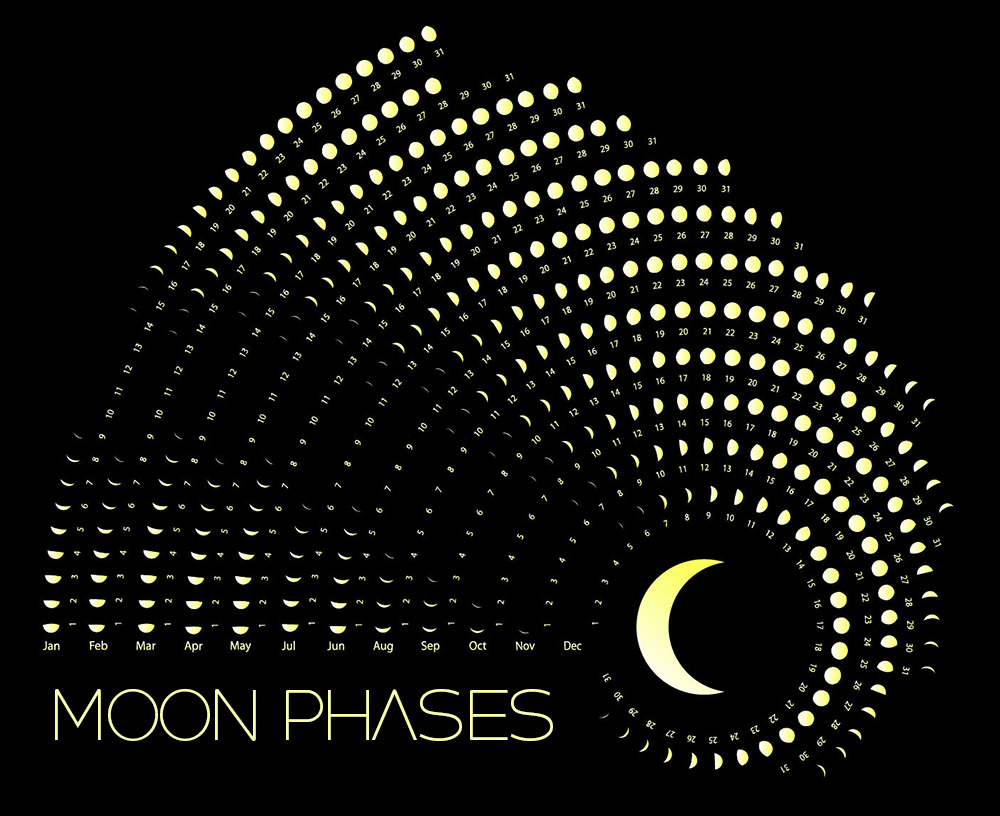I agree I would imagine Pickford's certainly had some form of time keeping methods. I'll just ring them and ask if they have any records of time keeping for Aug 1888... oh bugger wait a bit.
Now that would blow a lot problems one way or the other if those very available...
Now that would blow a lot problems one way or the other if those very available...



Comment